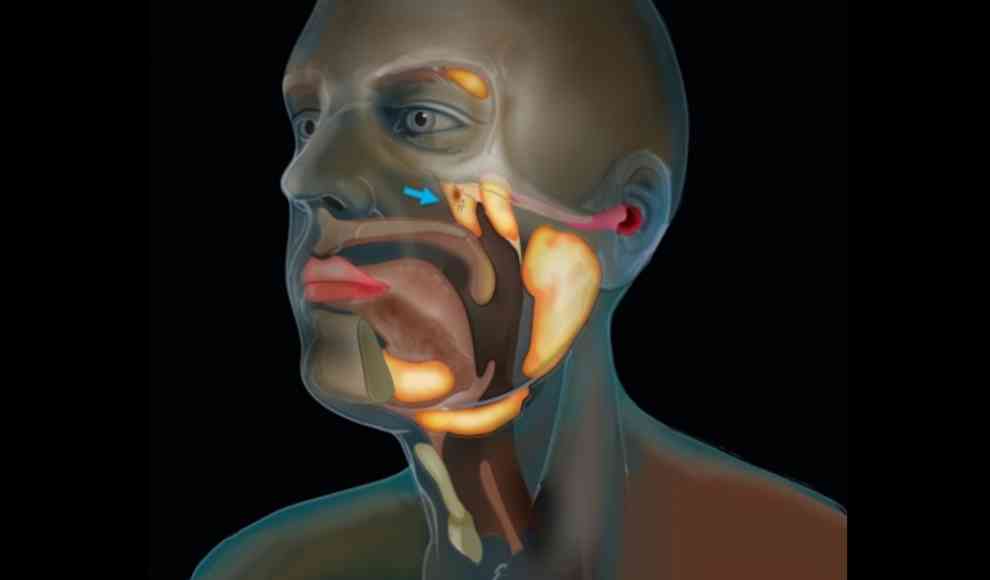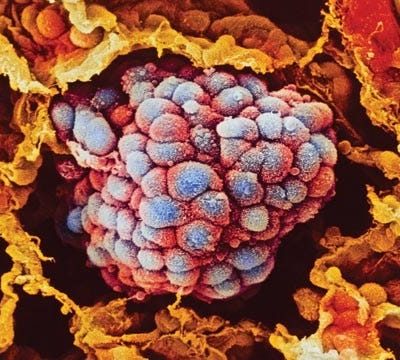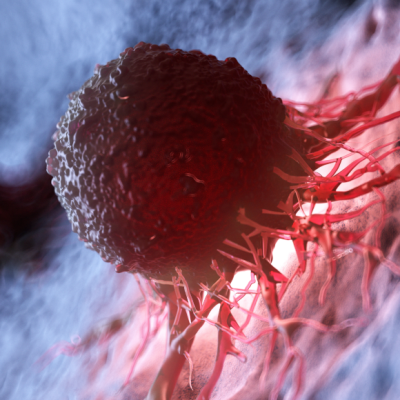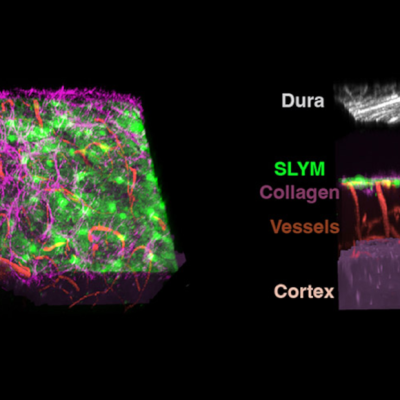In a groundbreaking discovery, scientists at the Netherlands Cancer Institute in Amsterdam have identified a previously unknown organ at the entrance of the Eustachian tube. The Tubarius glands are believed to be responsible for moisturizing the Eustachian tube and nasal cavity. Until now, the human salivary gland system was thought to be fully understood, consisting of around a thousand tiny glands in the mouth and throat, as well as three pairs of major glands. However, the Dutch researchers discovered two additional major salivary glands in the nasal cavity. The discovery was made accidentally while examining PET scans of 100 cancer patients. The results of the study were published in the journal Radiotherapy and Oncology.
The newly discovered salivary glands are located next to the opening of the Eustachian tube, where it ends in the nasal cavity. The position of the glands was previously overlooked due to their small size and the difficulty in accessing the area. The discovery was made possible by examining PET scans of cancer patients, which revealed the presence of the glands. The researchers also used two cadavers to confirm that the glands were indeed salivary glands with glandular tissue. The discovery of the Tubarius glands supports the identification of the Eustachian tube as a new anatomical and functional unit in the salivary gland system.
The Tubarius glands are believed to play a crucial role in moisturizing the Eustachian tube and nasal cavity. The discovery has significant clinical implications, as it could help in the treatment of conditions such as dry mouth and throat, as well as in the development of new treatments for cancer. The discovery of the Tubarius glands is a testament to the ongoing efforts of scientists to better understand the human body and its functions.










